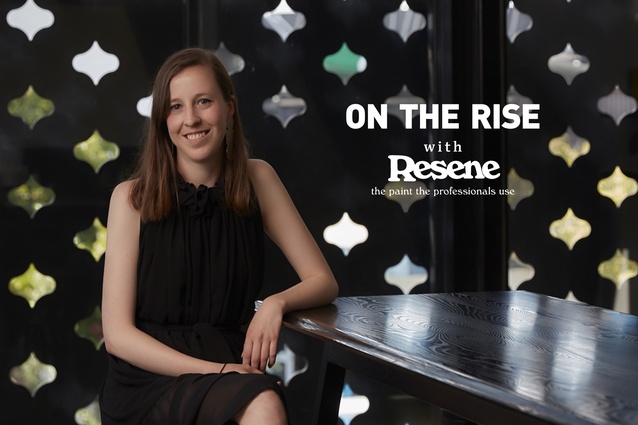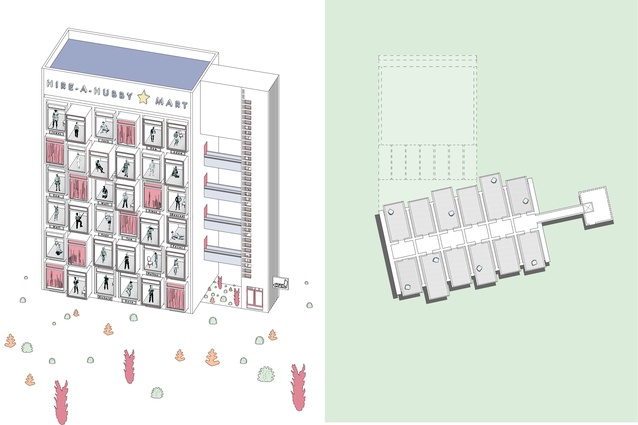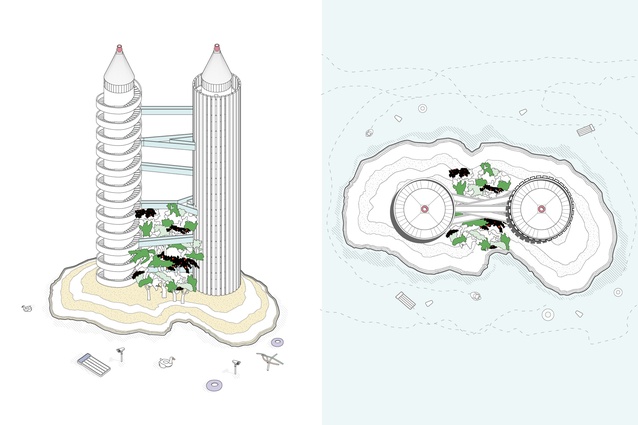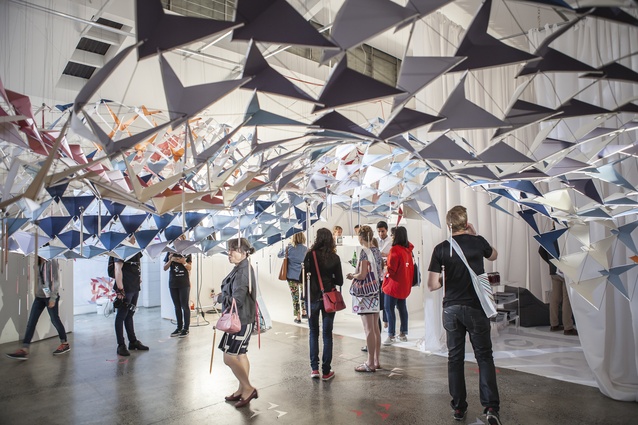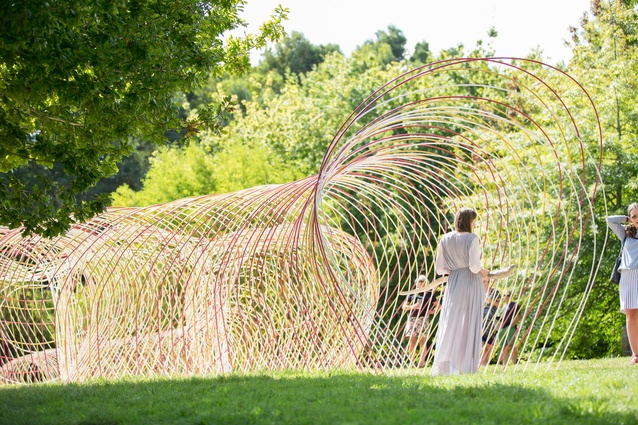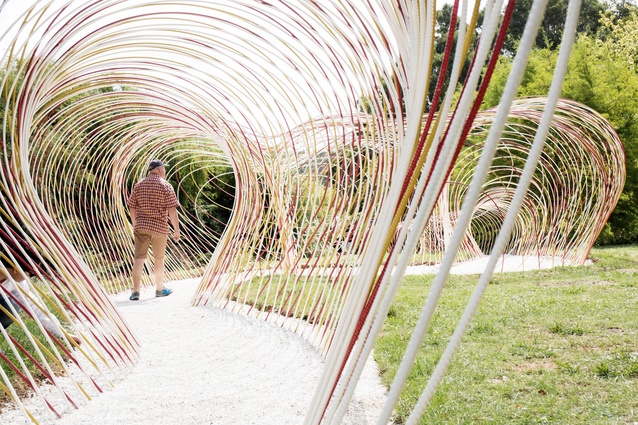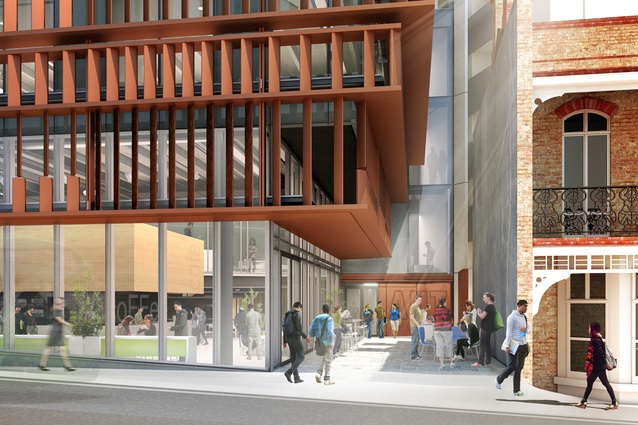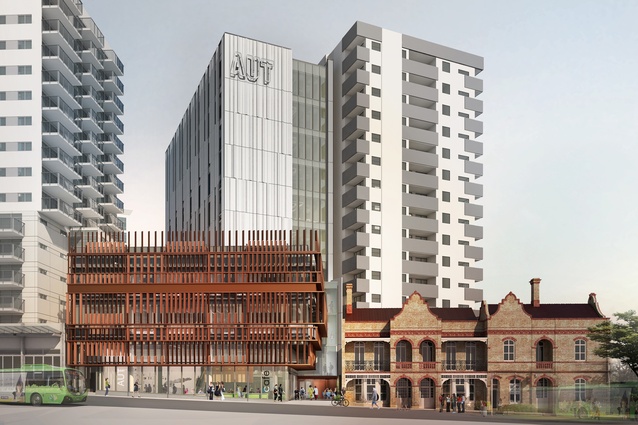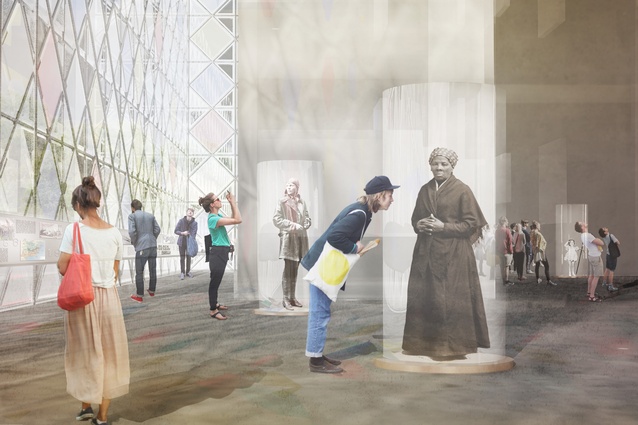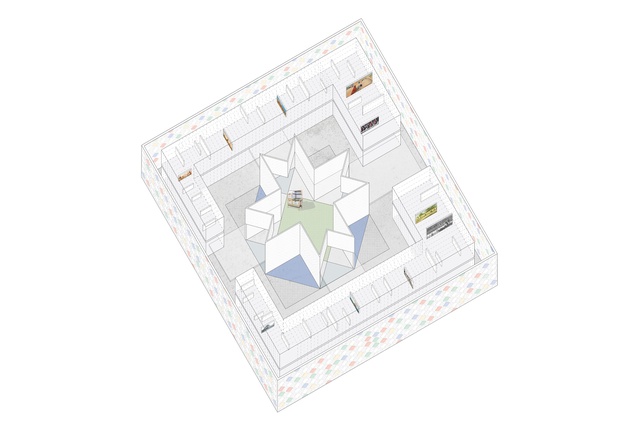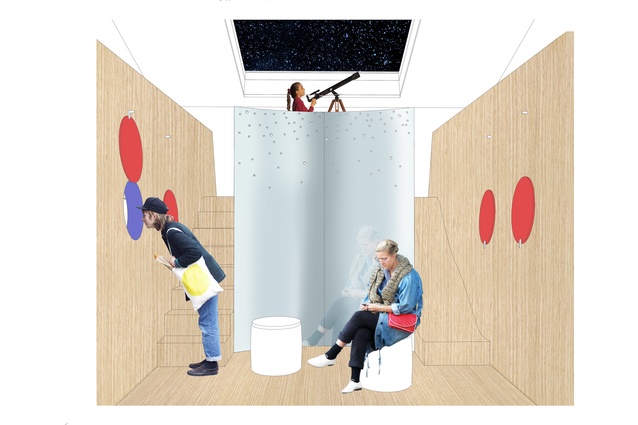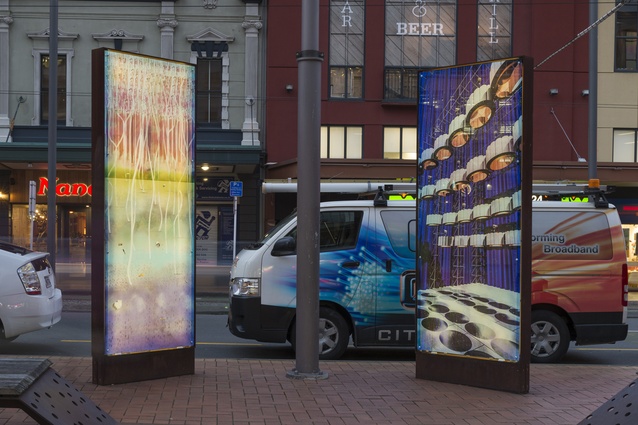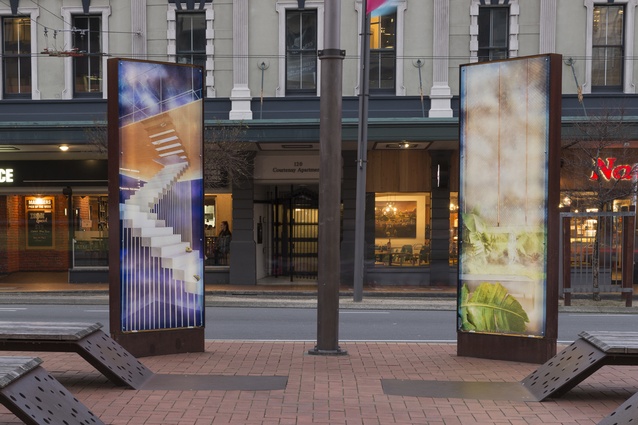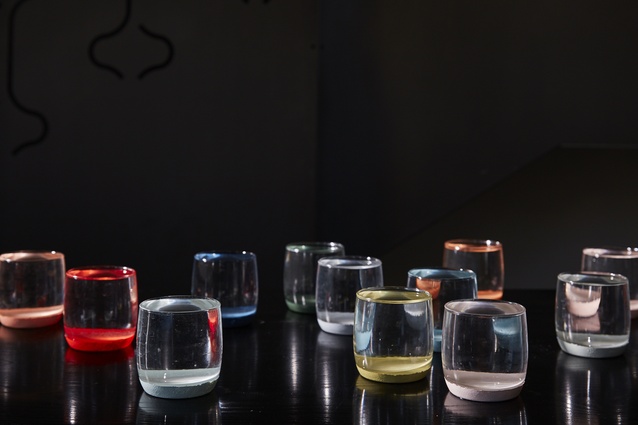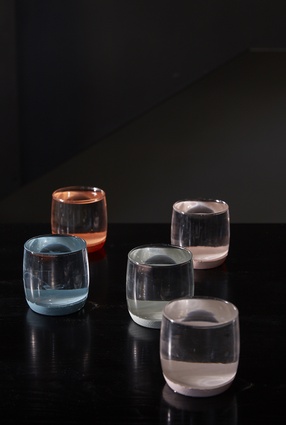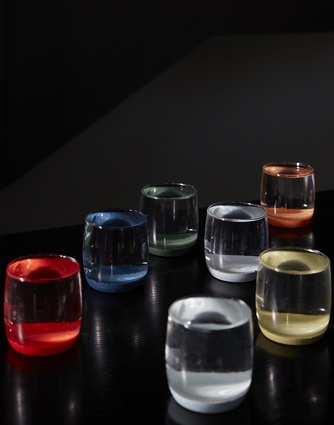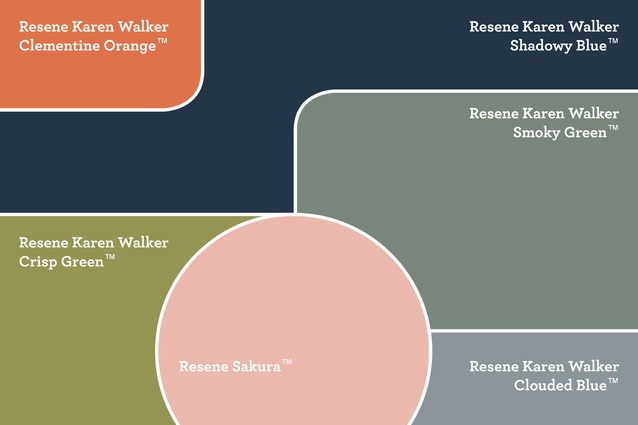On the Rise: Raphaela Rose
The ArchitectureNow On the Rise series, supported by Resene, focuses on up-and-coming young designers and architects from across New Zealand. For the seventh interview in the series, we talk to Raphaela Rose, an architectural graduate at RTA Studio in Auckland.
Amelia Melbourne-Hayward: Was architecture a part of your life from a young age?
Raphaela Rose: I was brought up in a creative family – we’ve always been makers. My mum is an academic in town planning, specialising in heritage and culture – our family holidays were often spent going to look at various cities and buildings!
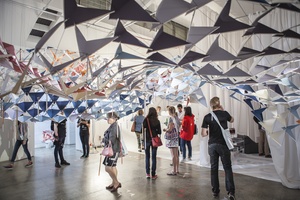
AMH: You started at the University of Auckland studying a conjoint law and arts degree. How did you end up at architecture?
RR: I wasn’t sure if I would make it past stage one with the conjoint, so I decided that I needed to have a backup. Architecture was a median between fine art and law, as it is pragmatic but also creative. I actually ended up getting into both and decided to go to architecture school!
AMH: Good choice! You started your Bachelor in Architectural Studies in 2011 and finished the MArch (Prof) in 2014. What were some of the highlights of study for you?
RR: As an undergrad, I was trying to figure out what my path was through the school but in my thesis year I really came into myself and enjoyed it immensely. I worked with Mike Austin, a professor who was based at Unitec. We would meet every Friday and discuss a wide range of topics, architectural and otherwise!
AMH: What were some of the key ideas behind your thesis?
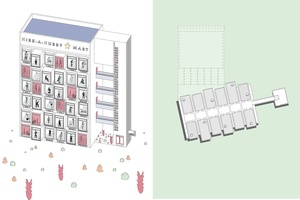
RR: It was titled ‘Sex(uality) and the City’ and it was a very topical commentary on what was happening in relation to sexuality, gender and politics in Auckland in 2013, when a proposal was put forward to build a super brothel in the CBD. I designed a satirical city that replaced an area around the Sky Tower with 13 different buildings that either brought to light some of the darker moments that were occurring or actually made positive change.
AMH: That sounds really interesting, and rather different! What sort of response did you get to your work?
RR: I was nominated to go forward to the NZIA student design awards, which I ended up winning. That was very exciting, as it was a left field project and throughout the year I had received a few challenging critiques. To win those awards highlighted the fact that there are issues around gender and sexuality in our city, politics and within the architecture profession that need to be challenged.
AMH: After you finished your Masters, your first full-time job in practice was with Jasmax. How was your experience there?
RR: I really loved it. Going from exploring theoretically-based ideas of space at university to actually trying to implement them in a practical world was quite a shift.
AMH: You were also lecturing and tutoring at Auckland University at the same time as working full-time. Did you ever want to work solely in academia?
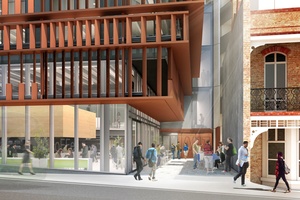
RR: Yes, for a very long time I thought I wanted to be an academic but it was through working at Jasmax that I realised I really loved practice and that in some ways it was more helpful to the world, in terms of making positive changes to the way that people go through their everyday lives. I’m not ruling out going back to the academic world but right now it’s not my priority.
AMH: Did you get the chance at Jasmax to work on a range of projects straight away?
RR: I feel very fortunate that I was given a major project to work on for AUT, called the ETD building, which is on Symonds Street in central Auckland. I worked on it from the beginning and was given the Symonds Street podium to see through to detailed design. It’s very exciting, as the scaffolding is finally coming down off the façade now – it’s been nearly four years in the making!
Because it was such a big project, it was pretty much the sole thing I worked on at Jasmax, which I realise has its pros and cons. However, while I was there, I also worked on a whole series of competitions with various people in the practice, which gave me that variety.
AMH: Yes, you’ve been involved in many competitions and installations, including Urbis Designday and the Brick Bay folly (which your team won in 2016). What drives you to get involved with that sort of work outside practice?
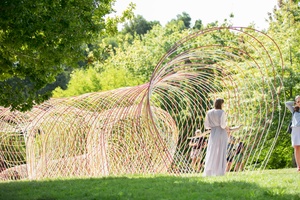
RR: I really like working on fast-paced exercises – it gives you adrenalin. Also, at Jasmax it gave me an opportunity to work with and learn from other people in the field and peers from architecture school. It was a way to work on projects where you have more control over the final result – it keeps the brain going.
AMH: You left Jasmax early in 2016 and completed a six-week internship in Spain with Susana Torre, one of the great feminist architectural theorists. What did you work on with her and what were the take-homes from that experience, overall?
RR: We put together a concept proposal for the Museum of the History of American Women for the Washington Mall. I had actually looked at Susana’s work in my thesis and I knew that she offers an internship each year. I was very fortunate to get accepted.
It was a wonderful experience that gave me some space to think about what I was doing and to breathe for a bit. Susanna was amazing. She is someone that will guide me as I progress through my career and I learnt a lot in ways that I hadn’t anticipated – she made me question myself, my goals and actually think about some long-term plans!
AMH: Is the project for the Washington Mall going ahead?
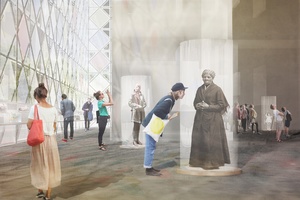
RR: No, unfortunately. We looked at the project before the American election with the hope that if Hillary Clinton got elected then it would be something that would be seriously considered. With Trump elected it is now off the cards for obvious reasons – it makes you realise how political space can be.
AMH: What a shame, it sounds like it would have been a really worthwhile project. Post-internship, you worked at DHD Architecture in New York for a year. What sort of projects did you work on there?
RR: My main project was a house in Massachusetts for a couple. They have an amazing art collection, so it was centered around creating gallery wings for their art. We rarely saw the clients – quite a different situation to working on the AUT project, which was a real collaboration between client and architect.
AMH: What about working in New York in general, was that a dream come true?
RR: It was surreal. I probably don’t have an accurate view of how it is to work in New York, because there were so many New Zealanders working for David – it was a little like I hadn’t left home in some ways! However, we were working on the 15th storey of a building that looked out at the Chrysler building – when it was snowing sometimes you had to pinch yourself.
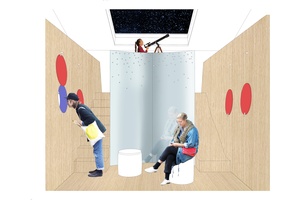
AMH: Did you see many differences between working in architecture in the States and working here in New Zealand?
RR: Specific to New York, I was really fortunate that I was working on a house – ground up projects in the city are limited. Through working at DHD I felt that I got to really understand how interiors work and how to detail an interior.
Most of the projects that we were working on had large budgets, with opportunities to use luxurious materials. In terms of the actual work environment, I found it really supportive and I was lucky to have a great mentor at DHD.
AMH: You have been with RTA Studio since October last year, how are you finding it?
RR: I’m really enjoying it and the exposure that I’m getting is great. I’m working mainly on housing – I’m currently working on a concept design for a new development in Havelock North and am also drawing up a bach. All the projects are at different stages, so I’ve got plenty of variety.
AMH: Do you have any short term goals or plans?
RR: I want to get registered and continue to build a range of experience in practice.
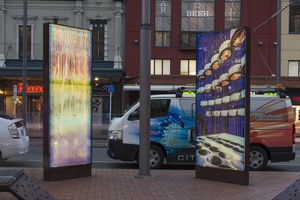
AMH: In terms of your direction in architecture, what sort of areas interest you the most?
RR: Fundamentally, my heart is in public architecture, because I really like the notion that architecture is for everyone. It might sound idealistic but I think public architecture has the capacity to change everyone’s everyday life rather than a very specific few.
AMH: Who are a couple of your design influences?
RR: One of my favourites is Lina Bo Bardi. She was born in Italy but worked mostly in Brazil. She was one of the few women that were actually recognised during the mid-century modernist period. I see her as a bit of a renegade and the way that she deals with light, space and form is really stunning. Brazil’s my next travel destination so I can go and see her work!
AMH: What’s one piece of advice you’d give to your student self?
RR: I wish that I’d had my thesis tutor Mike’s advice to ‘relax and just enjoy architecture school because you’ll never experience that again in your career’ sooner, because I spent so long working so hard.
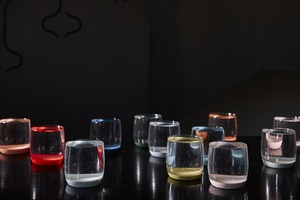
Architecture school is just a period of time for you to explore. While it’s really hard to get out of the mind-set that grades don’t matter, it’s actually more about the learning that you get out of it as opposed to what letter you get at the end of the day. So… probably don’t fret so much and enjoy more!
AMH: As part of the series, we asked you to create a mood board to illustrate your influences and inspirations. What ideas are behind this and why did you use these particular Resene colours?
RR: I often look towards some of the great minimalist artists of the last century within my own practice – people like Donald Judd, Dan Flavin, Richard Serra, Joseph Albers, Agnes Martin, Roni Horn – and the way they use colour and light to create form.
The mood board employs such principles using water to refract light off colour planes to play with spatiality. The colour palette draws upon Le Corbusier’s colour theories, creating an unexpected combination of colour – delicate tones paired with bright, punchy shades.
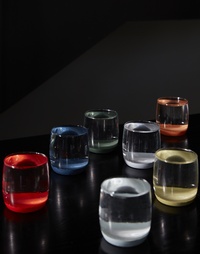
AMH: Finally, what are the five essential things that you need to do your job each day?
RR: Coffee! The feeling of being inspired each day, I think that really helps. Good support around me and my journal so that I can sketch things out as I go. Lastly… reading about what else is going on in the world and about design, which helps influence and shape the things that I’m doing.
Read the first On the Rise interview with Haley Hooper, the second with Geordie Shaw, the third with Maria Chen, the fourth with Ed Dromgool, the fifth with Beth Cameron, and the sixth, with Te Ari Prendergast, here.
The ArchitectureNow On the Rise series is generously supported by Resene.

